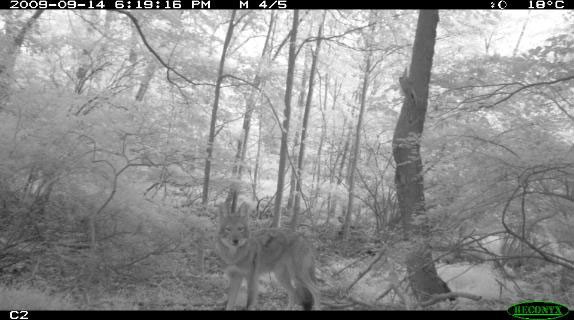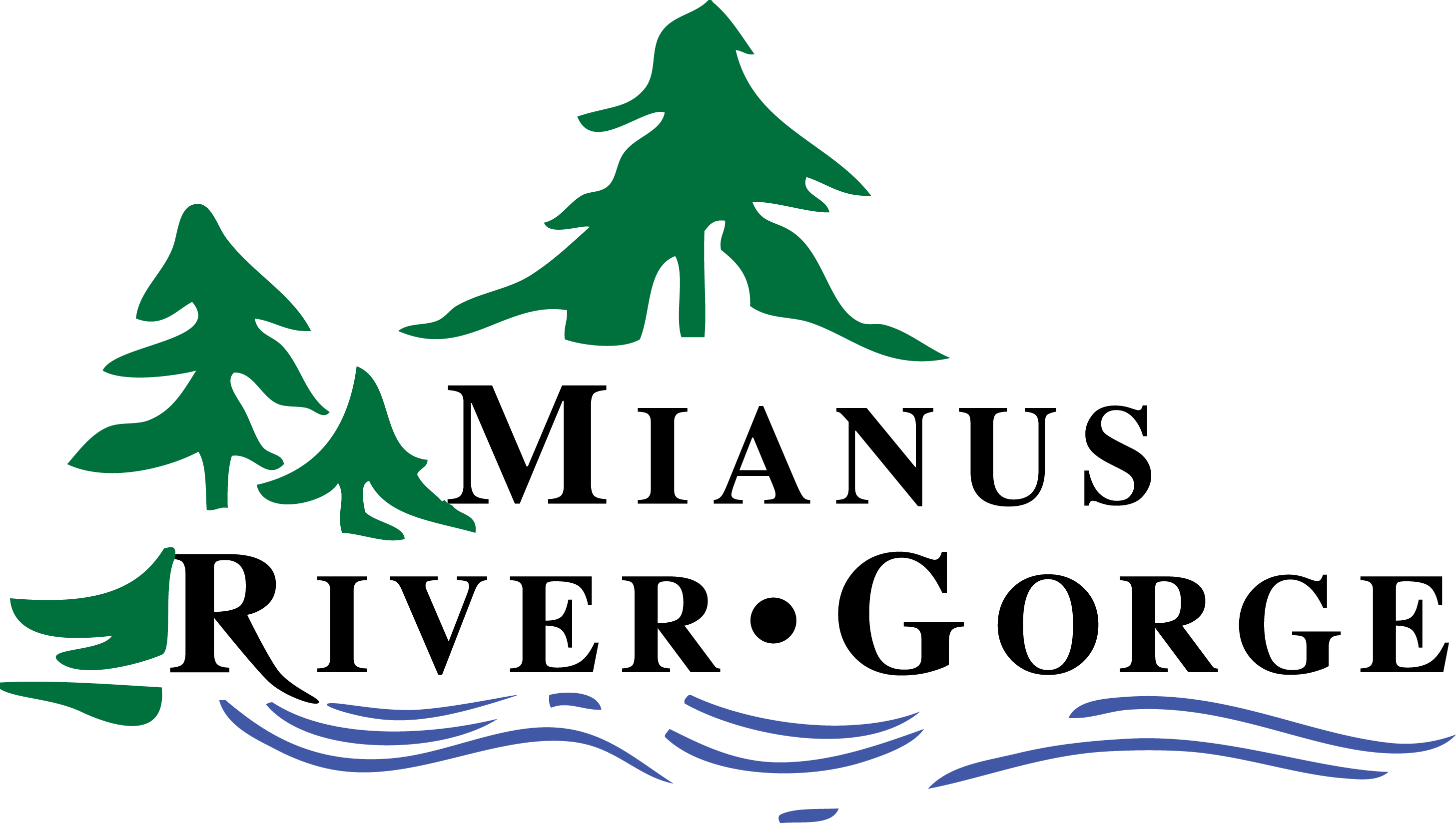
Wildlife Tech Class of 2012
John Jay High School
Project: Evaluation Passive Methods for Estimating Coyote Density: Will They Work?
Project Status: Completed
Project Description: Until recently, accurate estimation of animal abundance was thought to only be possible if researchers could mark or otherwise individually identify some portion of the population through time. Recent work by J. Marcus Rowcliffe and others has focused on developing a method of measuring abundance in populations without artificial marks or individually identifiable characteristics. Michael is experimenting with two population estimation methods to see whether they can used to accurately measure the number of coyotes at the Preserve. The first method involves using spectrogram analysis to distinguish individual coyotes by their howl. The second method uses randomly placed automated cameras to photograph coyotes (heat and motion trigger the camera) as they move about the Preserve and mathematical models to estimate population density. Using a mathematical formula based on the Brownian movement of gas molecules, Michael will estimate the density of coyotes using my photographic capture rate and the walking speed of a coyote.
Recognition: : 2012 Westchester Science and Engineering Fair, Fisher Scientific Award: Animal Science
